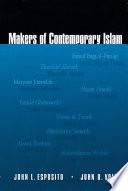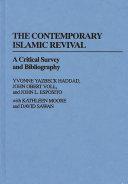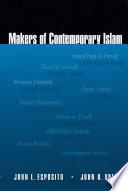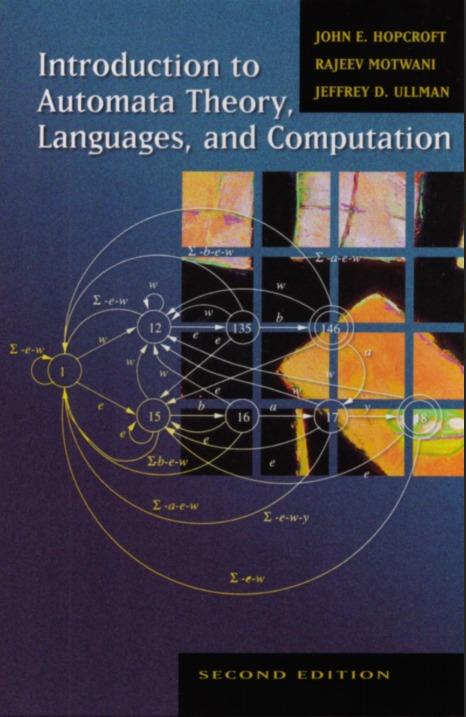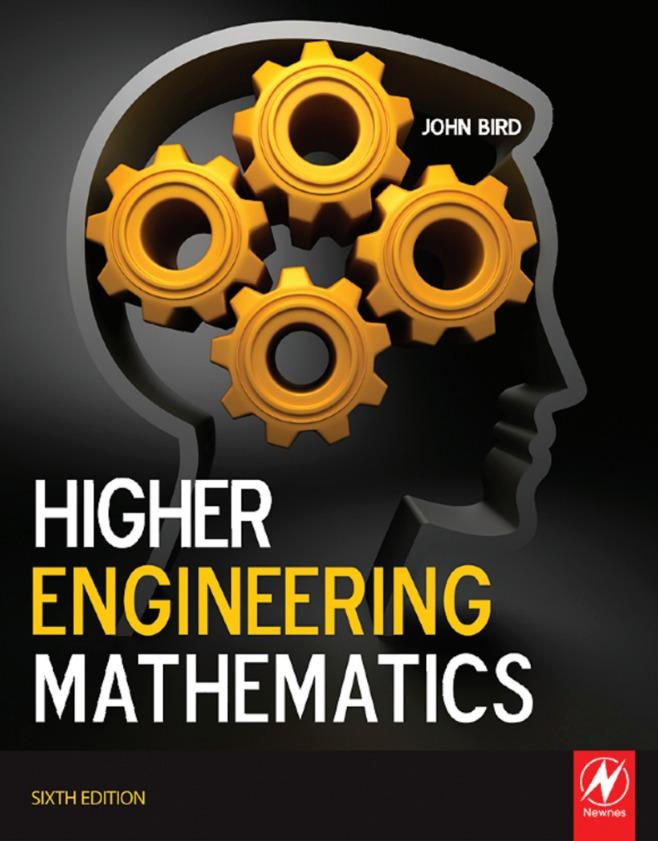In this timely and important work, John Esposito and John Voll explore the development of contemporary Islamic movements and thought through the biographies of nine major activist intellectuals who represent a wide range of Muslim societies. Many Muslims have combined revivalist activism with intellectual efforts, but only a few have achieved significant international visibility and influence. By examining the lives and work of nine such internationally recognized figures, Esposito and Voll provide a new understanding of the intellectual foundations of contemporary Islamic awareness and politics. Included are profiles of: Ismail Ragi al-Faruqi (U.S./Palestine), Khurshid Ahmad (India/Pakistan), Maryam Jameelah (U.S./Pakistan), Hasan Hanafi (Sudan), Rashid Ghannoushi (Tunisia), Hasan al-Turabi (Sudan), Abdolkarim Soroush (Iran), Anwar Ibrahim (Malaysia), and Abdurrahman Wahid (Indonesia). These thinkers contributed to some of the most significant intellectual and activist developments in the Muslim world during the 1980s and 1990s--the period during which Islamic movements became a major force in Muslim societies and international affairs. They helped to organize and lead the movements of Islamic renewal and provided the conceptual foundations for the programs those movements advocate. Together, they represent a distinctive phase in the evolution of Islamic thinking: the ongoing effort to create an effective synthesis of modernity and Islamic tradition. Their work supplies the core of the Islamic resurgence of the1990s and the foundation for what it can become in the twenty-first century.
By examining the lives and work of nine such internationally recognized figures, Esposito and Voll provide a new understanding of the intellectual foundations of contemporary Islamic awareness and politics.


